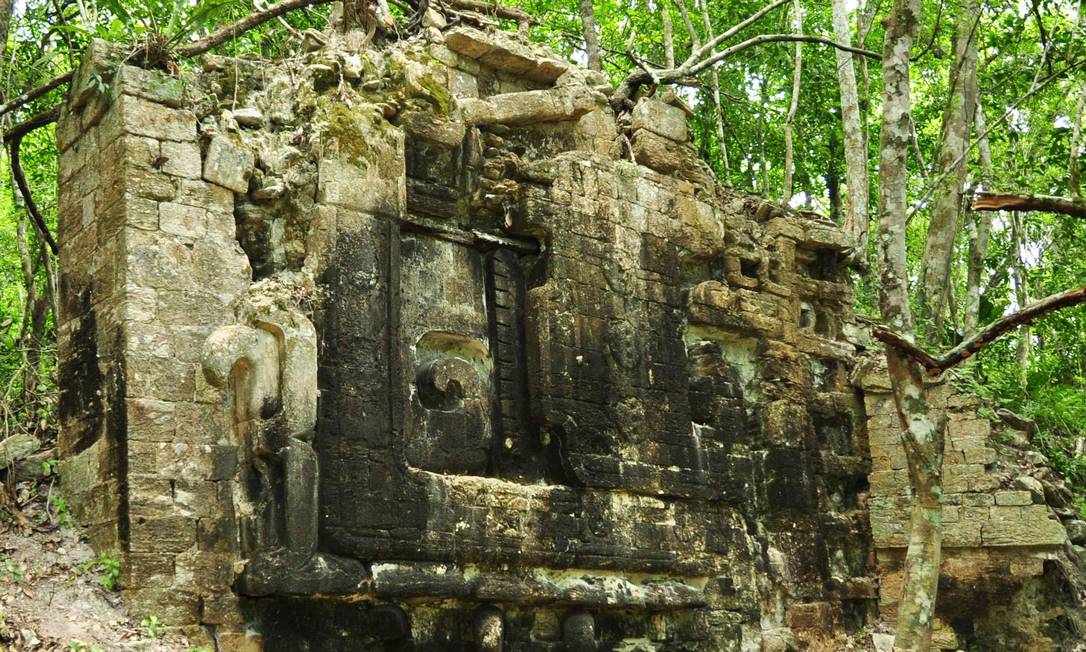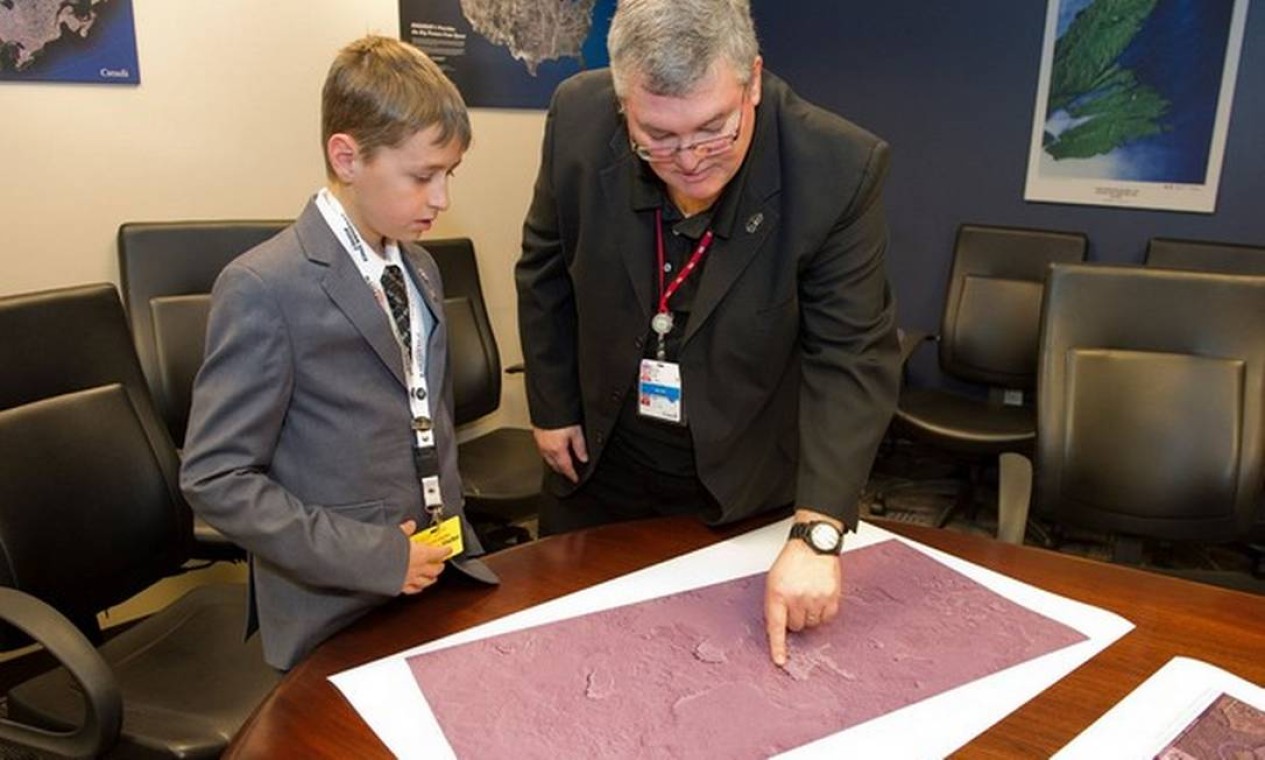Teenager William Gadoury at the Canadian Space Agency Photo: Disclosure / Canadian Space Agency
RIO – A 15-year-old Canadian may have discovered something that many archaeologists spend their lives searching for. Using ancient documents, digital maps and satellite images, teenager William Gadoury found traces of what may be a lost city of the ancient Mayan civilization in Mexico.
This archaeological treasure would have been hidden forever in the jungle of Yucatán, in the Latin country, almost on the border with Guatemala, to the south. The young resident of Quebec, Canada named the possible town K’aak Chi, which. means Mouth of Fire, according to the “Journal de Montréal”.
The Mayans developed about a thousand years ago, in the area where southern Mexico is today and in countries like Guatemala, Belize and Honduras. These peoples constituted one of the most sophisticated civilizations in the Americas during pre-Columbian times. Any discovery of evidence of the presence of the Maya is celebrated by archaeologists. Several teams of scientists work in this part of the world.
William, however, may have found his “treasure” without having to go into the field. He had the idea of superimposing 22 constellations described in the Mayan Codex of Madrid, a set of manuscripts of ancient people, on current Google maps. The teenager then realized that the positions of the stars in the ancient document corresponded to the locations of the Mayan cities already found.

Traces of a Mayan city in Lagunita, discovered in 2014 Photo: Archive/Reuters
By studying the alignment between constellations and ancient cities, he observed 117 stars that would form a “map” of the cities. And he noticed that, in a certain constellation of three stars, there was a “lone star”, that is, a bright body without a corresponding city on Google Maps. The teenager then concluded that there must be a city at the place indicated by this star. By observing satellite images, structures were found at the location “indicated” by this “lone star”. It would be a pyramid and “dozens” of buildings erected by the pre-Columbian civilization. The Canadian space agency has confirmed that the images must indeed be the work of human beings.
However, some researchers dispute this theory and claim that the “traces” discovered may not be buildings but rather an abandoned field or a dried-up lake. In addition, experts are wary of the theory according to which the Mayans guided their constructions on the basis of constellations.
“The Mayan constellations we know of, with the exception of Scorpius, are unrelated to those we find on modern star charts,” Anthony Aveni, founder of the field of archaeoastronomy, told the website “Wired “.
Despite the questions, William’s biggest dream is to go to the place where the lost city is said to be. However, it is a difficult region to access due to the very dense forest.

“Typical thinker. Unapologetic alcoholaholic. Internet fanatic. Pop culture advocate. Tv junkie.”


:strip_icc()/i.s3.glbimg.com/v1/AUTH_da025474c0c44edd99332dddb09cabe8/internal_photos/bs/2023/D/n/i7eIkcQsAB0YgsWKDQMw/whatsapp-image-2023-03-08-at-10.48.49.jpeg)



:strip_icc()/i.s3.glbimg.com/v1/AUTH_63b422c2caee4269b8b34177e8876b93/internal_photos/bs/2021/T/V/IFkavRRSSjHCBPZfqVXw/ap21313490536644.jpg)
